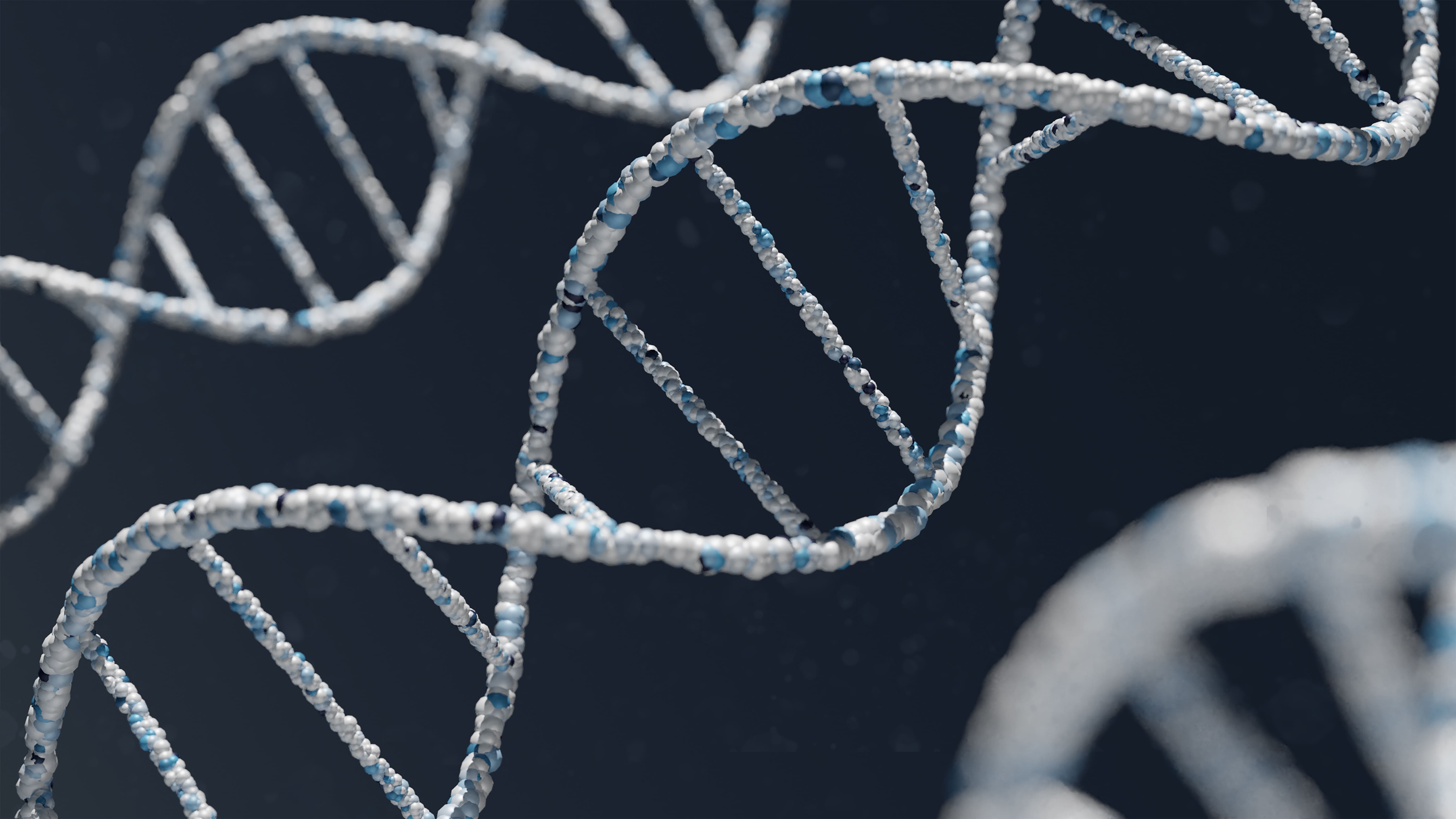Help with the Y-Results Chart
The DNA Y-Results Chart is like a window inside of a window, so you may have to enlarge the picture on your screen to view it properly. There are arrows on the right-hand side of the window and arrows at the bottom that allow you to scroll up and down and back and forth to view the entire chart.
All Family Groups or Haplogroups shown on the DNA Results Chart have been established through DNA analysis. Participants that are shown under Haplogroups have DNA signatures that indicate these individuals are not related to any other project participant within a genealogically significant time frame. Some of these time frames may be more than 2000 years. Participants shown in a Family Group are related since the advent of surnames 600 to 1,000 years ago. The time frame of these relationships is generally between 250 to 350 years. Depending on the number of matching markers, these relationships could be within the time frame of 100 to 200 years.
Explanation of the columns in the DNA results chart
Column 1: Kit or Identification Number of Participant
Column 2: Earliest Known Ancestor (EKA) of Participant
Column 3: Haplogroup of Participants (see descriptions below)
Remaining Columns: DNA Test Results showing 12 Marker Test (first 12 markers, called the first panel), 25 Marker Test (markers 13-25, called the second panel), 37 Marker Test (markers 26-37, called the third panel), and 67 Marker Test (markers 38-67, called the fourth panel).
Explanation of the colors and values in the DNA results chart
Marker values shown in red indicate markers that mutate or change more frequently than usual and marker values shown in black indicate more stable markers that mutate or change less often. A value of 0 underlined and in blue indicates the lab reported a null value or no result for that marker or that the lab did not test that marker. A yellow background indicates that the Participant's marker value differs from the predominant marker value for the Family Group.
Explanation of the Haplogroups in the DNA results chart
Haplogroups are roughly equivalent to nationality and indicate one's deep ancestry. One good place to start learning about your deep ancestry is by looking at your Haplogroup in conjunction with the Haplogroup Migration Map.
Haplogroups shown in green after the name of the Participant's EKA have been confirmed with a special DNA test called an SNP test.
Haplogroups shown in red after the name of the Participant's EKA have been predicted based on unambiguous results in the Participant's DNA.
Haplogroups shown in black inside parentheses indicate the Participant's haplogroup is predicted somewhat with less confidence. SNP testing is recommended.



